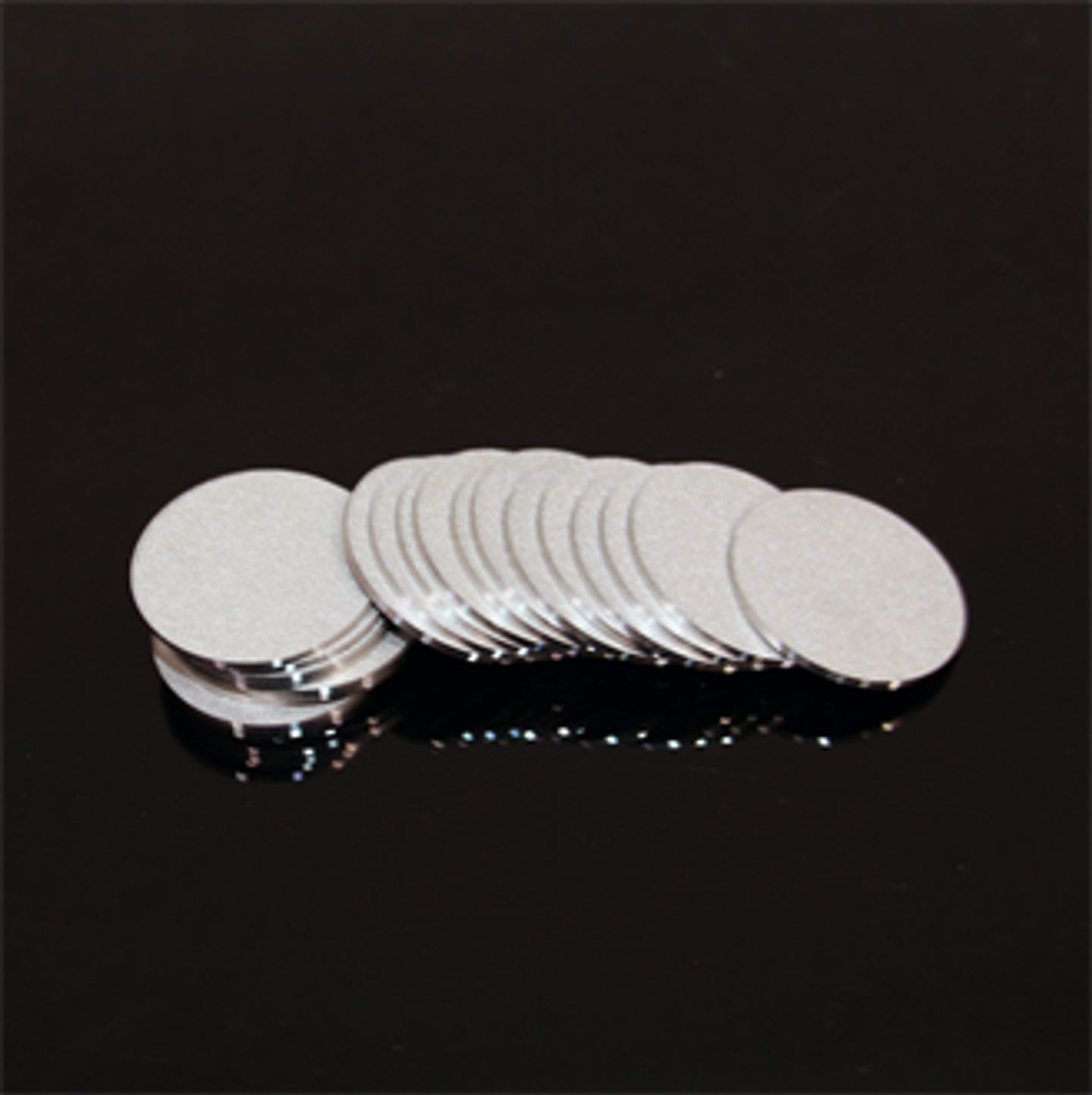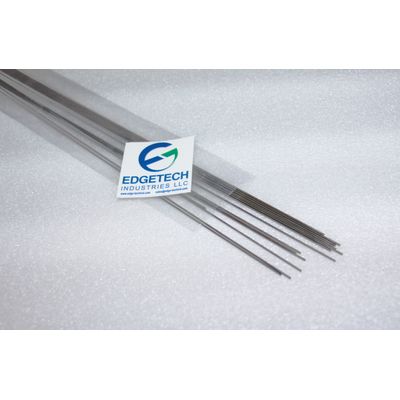

- Home
- Companies
- Edgetech Industries LLC
- Articles
- Nitinol Tubing in Medical Devices: A ...

Nitinol Tubing in Medical Devices: A Revolution in Healthcare
Introduction:
Nitinol tubing has revolutionized the medical device industry, offering unparalleled flexibility and strength. Its unique properties, such as superelasticity and shape memory, have made it a preferred material for life-saving devices. This article explores the role of Nitinol Tube and Niti Hypotube in modern healthcare.
The Role of Nitinol Tubing in Medical Devices:
Nitinol tubing is a critical component in various medical devices, including stents, guidewires, and catheters. Its ability to return to its original shape after deformation allows for minimally invasive procedures, reducing patient trauma and recovery time.
Key Applications:
Stents: Nitinol Tube is used in self-expanding stents, which are inserted into narrowed arteries to restore blood flow.
Guidewires: The flexibility and strength of Nitinol tubing make it ideal for guiding catheters through complex vascular pathways.
Catheters: Niti Hypotube is used in catheters for its ability to navigate tight spaces without kinking.
Orthopedic Devices: Nitinol’s biocompatibility and fatigue resistance are leveraged in bone fixation devices.
Advantages of Nitinol Tubing in Healthcare:
Minimally Invasive Procedures: Reduces patient recovery time and hospital stays.
Biocompatibility: Safe for long-term implantation in the human body.
Durability: Withstands repeated stress without failure.
Precision: Allows for accurate placement of medical devices.
Conclusion:
Nitinol tubing, including Niti Hypotube, has transformed the medical device industry. Its unique properties have enabled the development of life-saving devices that improve patient outcomes. As medical technology continues to advance, the demand for Nitinol Tube is expected to grow, further solidifying its role in healthcare.
